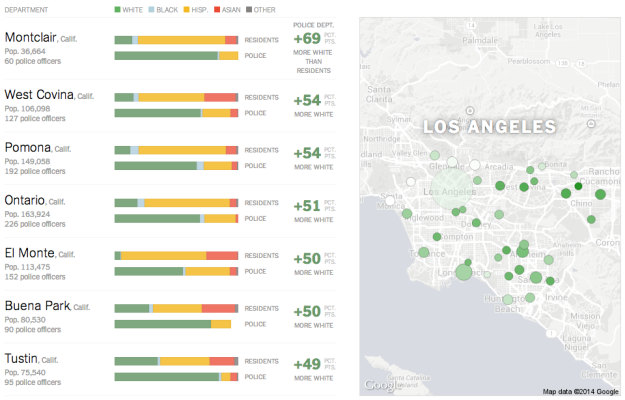Dan Hurley, reporting for The New York Times, describes the use of statistical software to assist call screeners:
[T]he decision to screen out or in was not Byrne’s alone. In August 2016, Allegheny County became the first jurisdiction in the United States, or anywhere else, to let a predictive-analytics algorithm — the same kind of sophisticated pattern analysis used in credit reports, the automated buying and selling of stocks and the hiring, firing and fielding of baseball players on World Series-winning teams — offer up a second opinion on every incoming call, in hopes of doing a better job of identifying the families most in need of intervention. And so Byrne’s final step in assessing the call was to click on the icon of the Allegheny Family Screening Tool.
I’m glad Hurley highlights the challenges of the inherent biases in the data and the algorithms later in the article. It’s one thing to use data to estimate player value in sports. It’s another thing to use data to decide whether or not to send help to someone calling the police. [Thanks, Jennifer]




